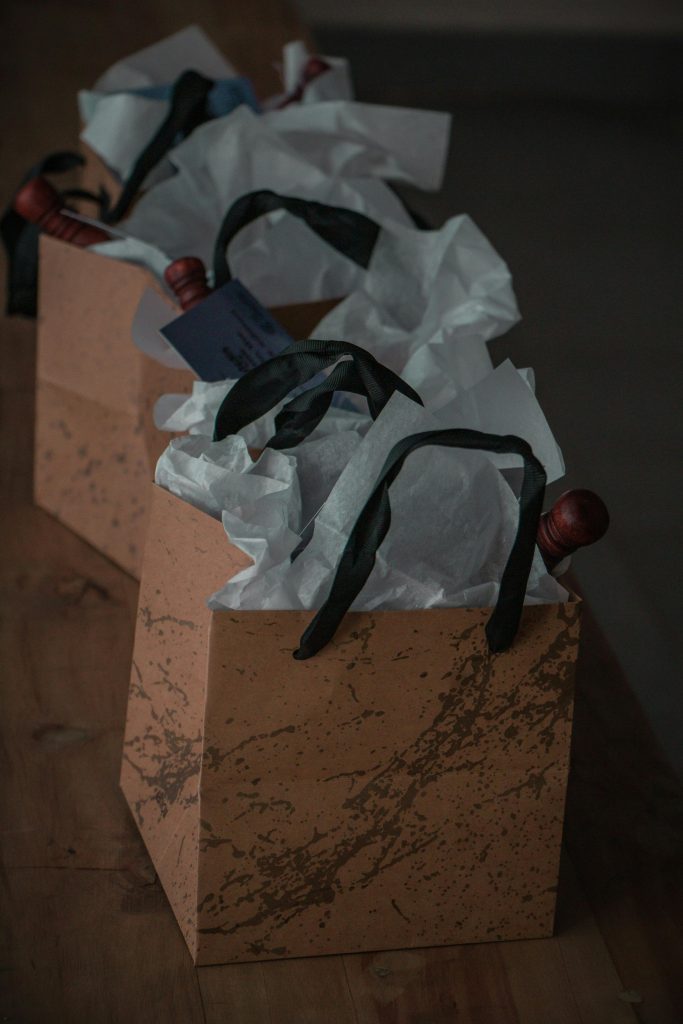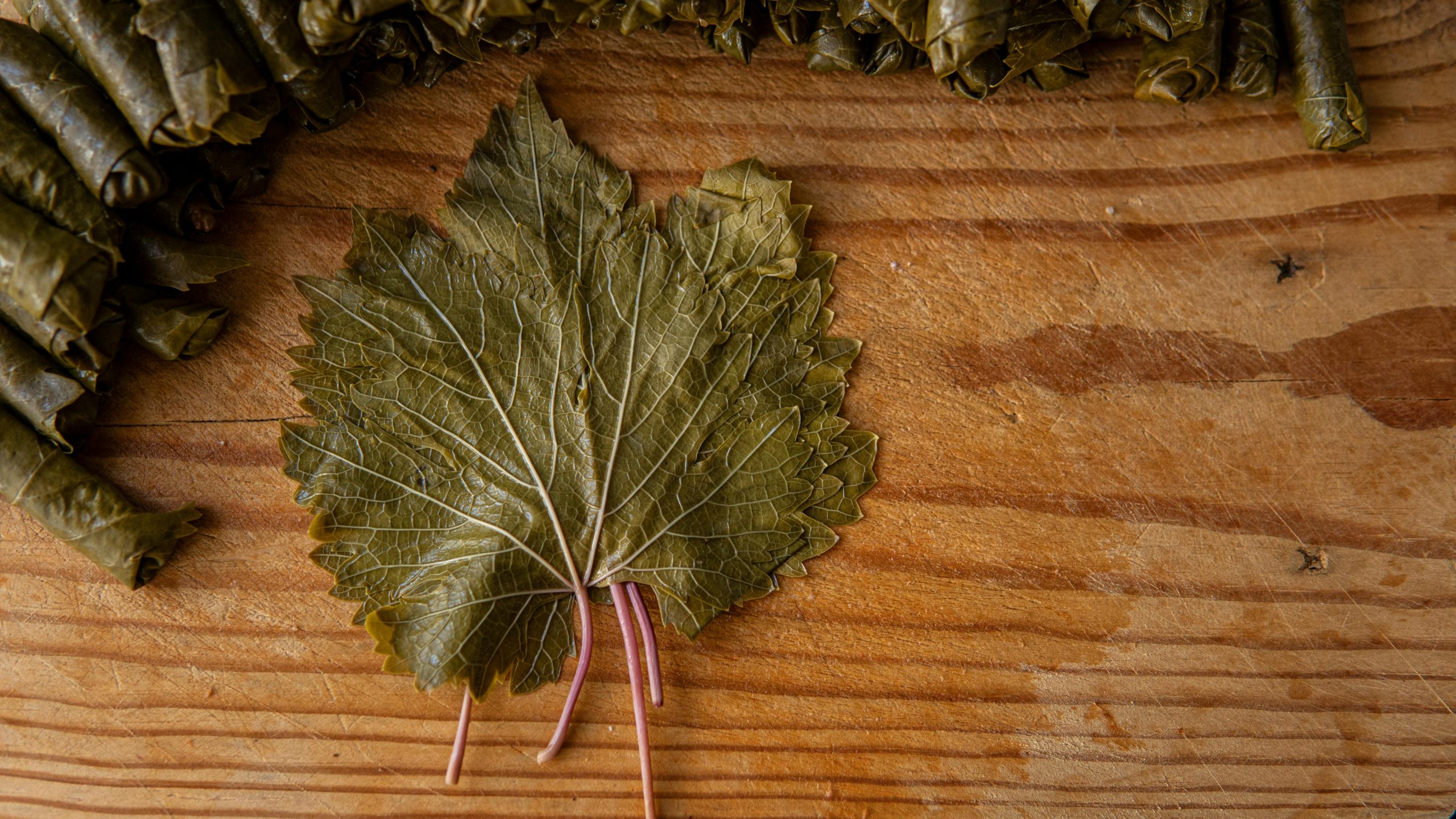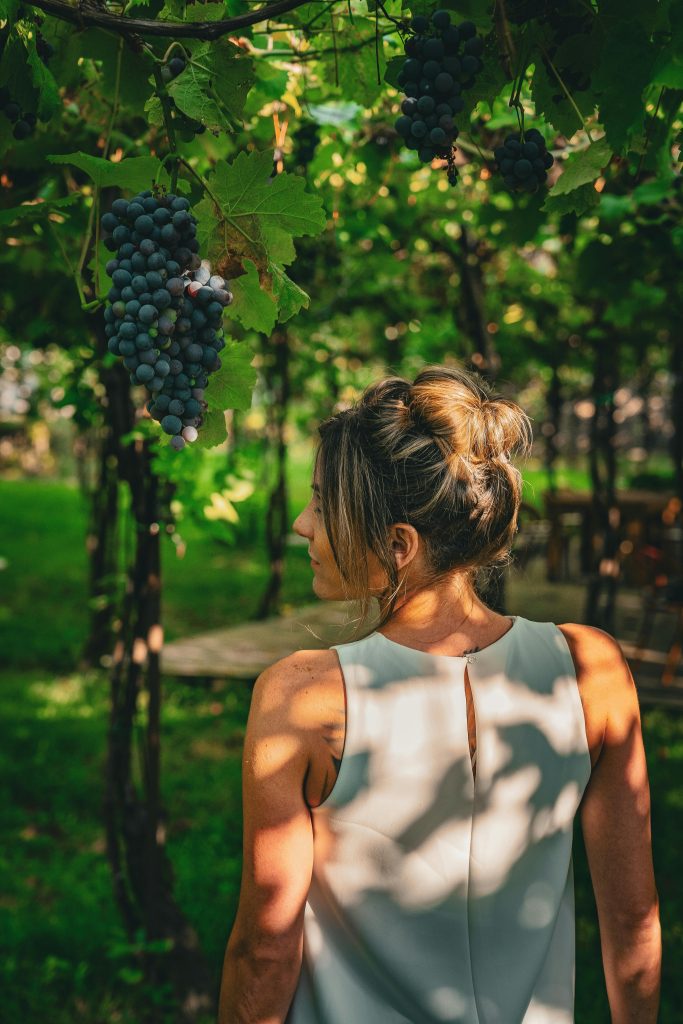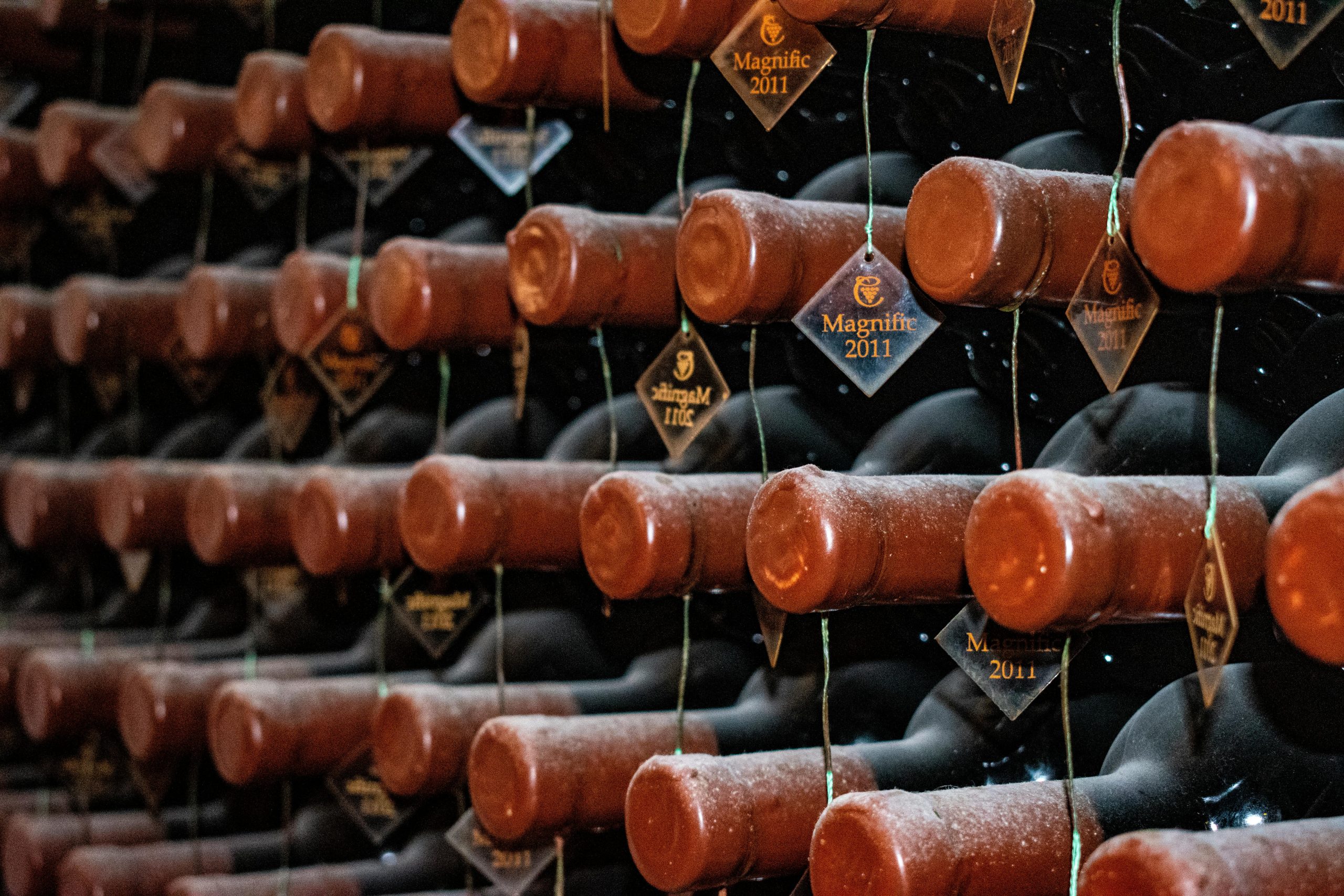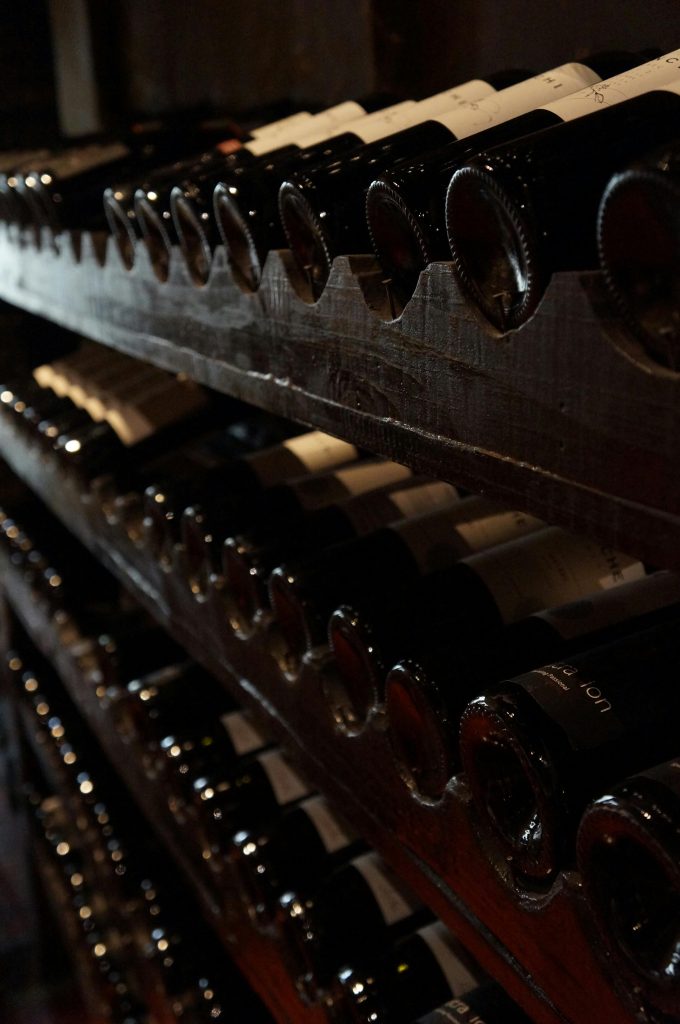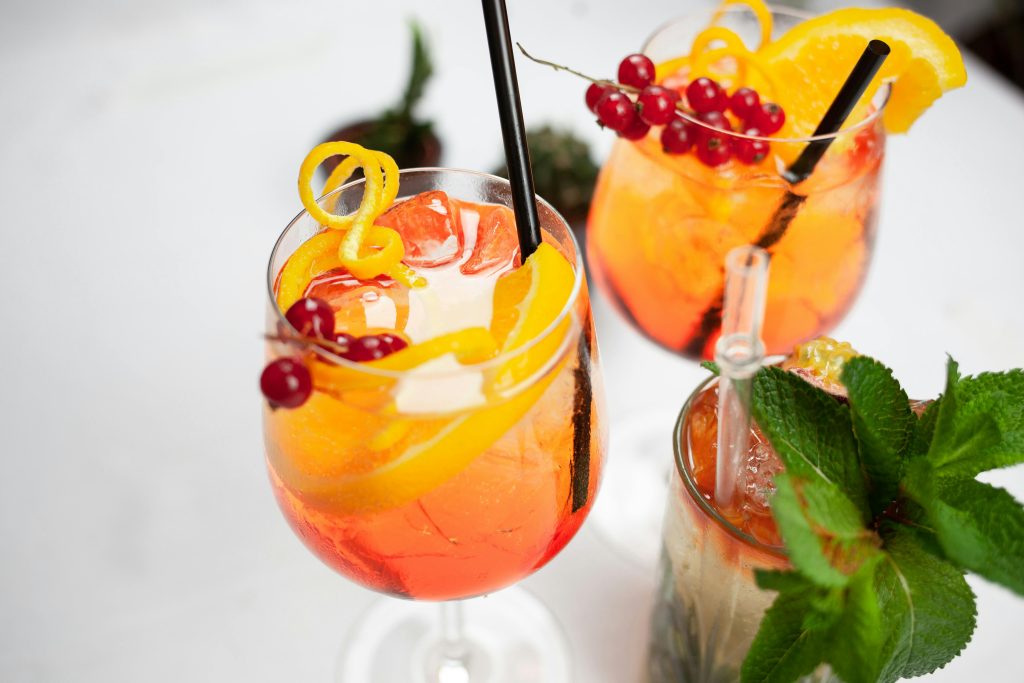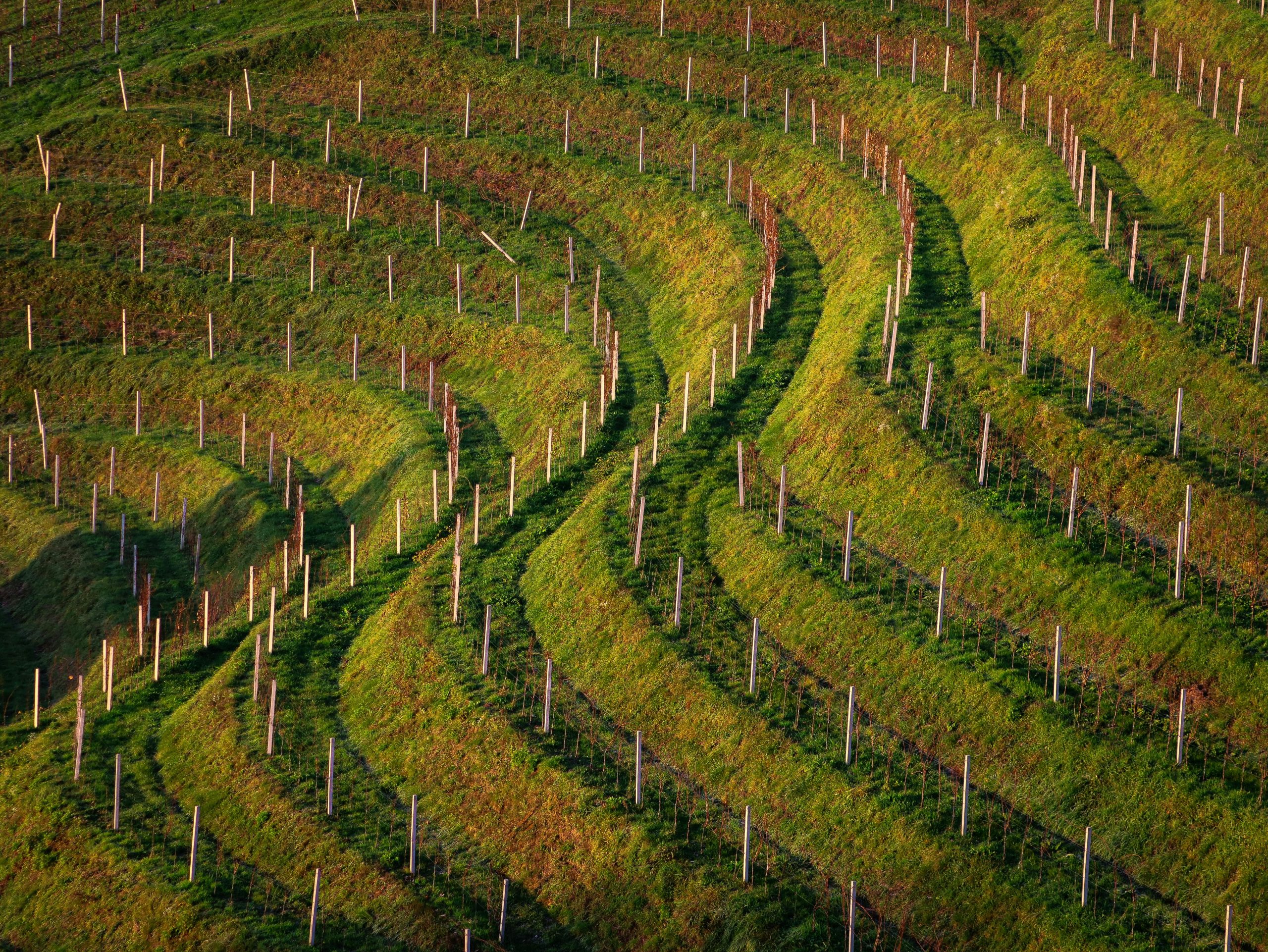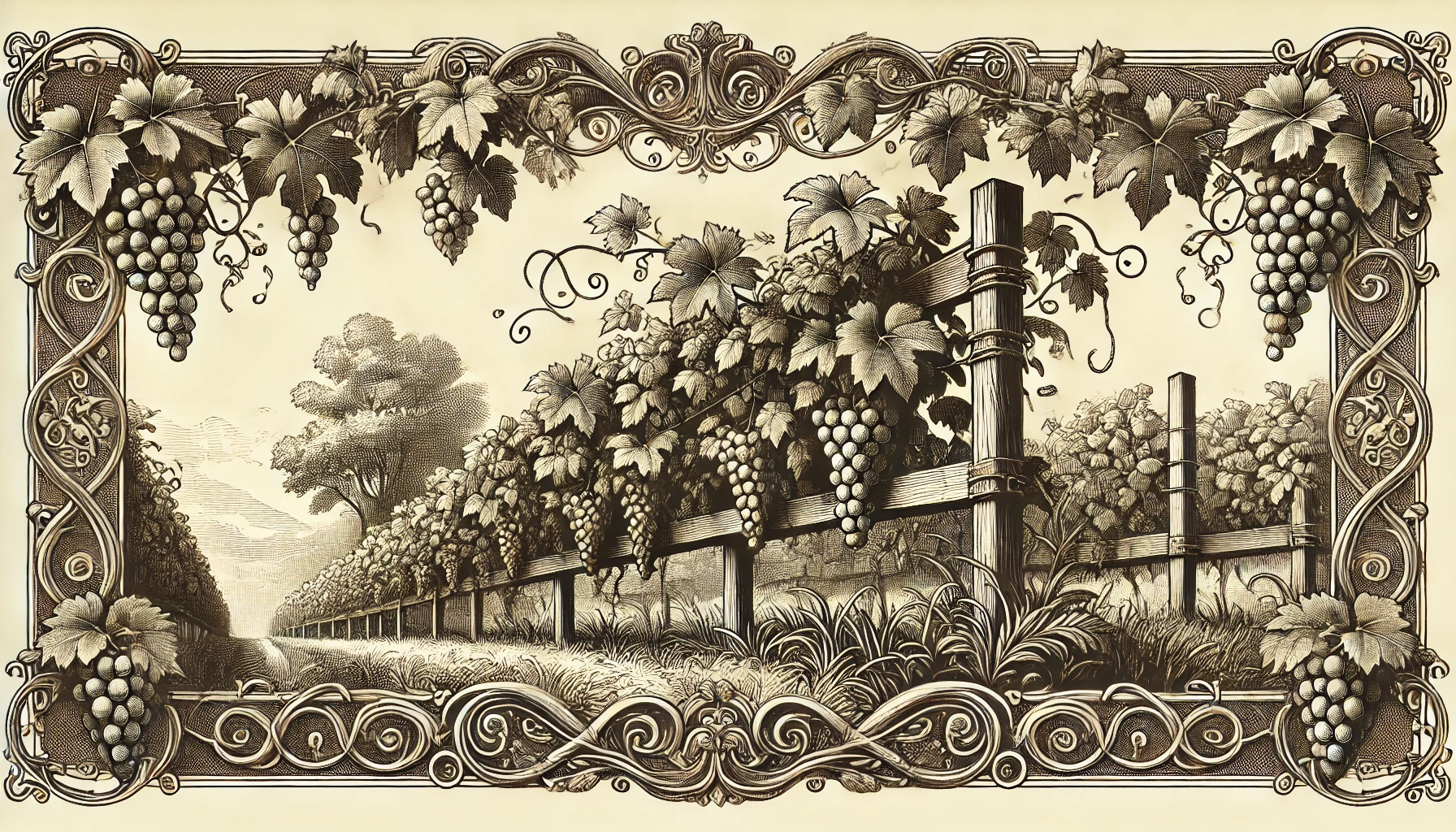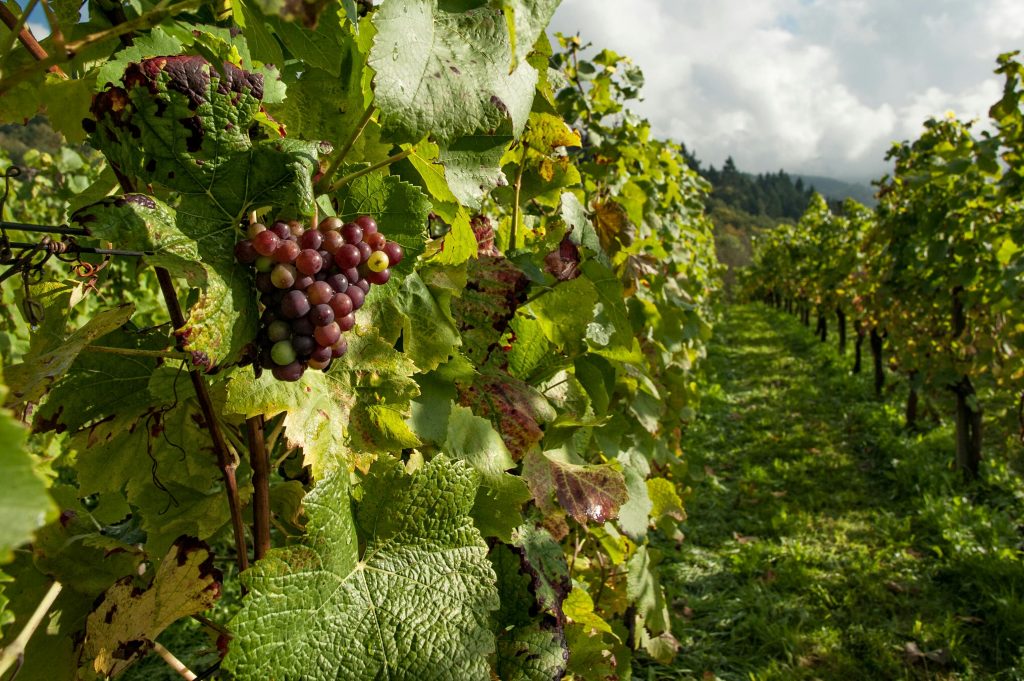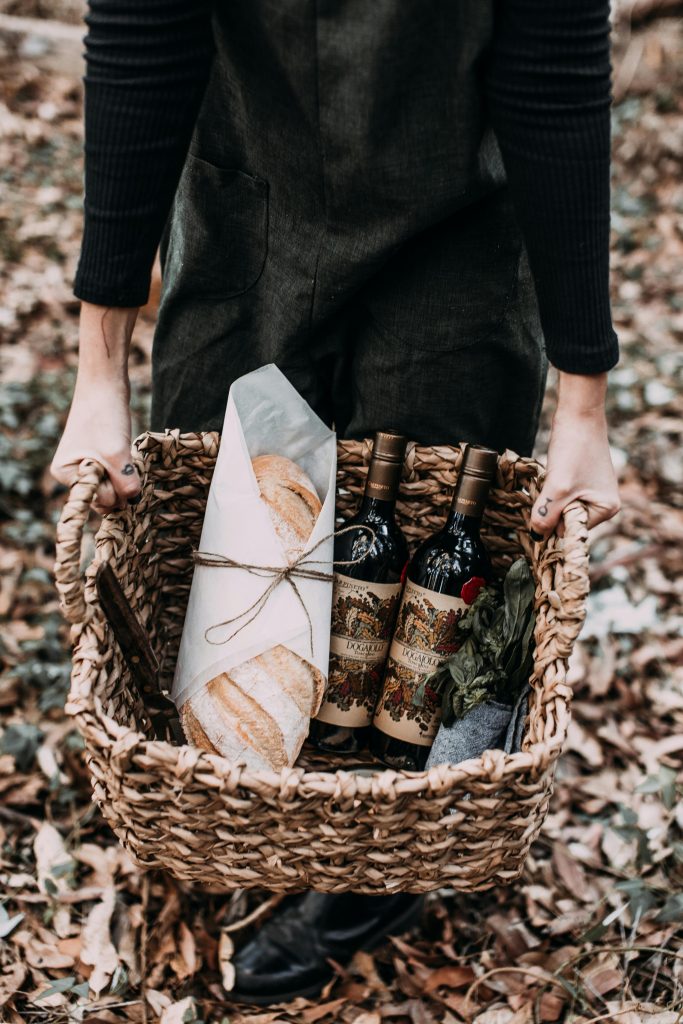
Portugal is a land that whispers stories of history, culture, and wine. While Porto and the Douro Valley often steal the spotlight, the Alentejo region is the quiet contender, offering sun-drenched landscapes, rustic charm, and a tapestry of vineyards waiting to be explored. Let’s look into Alentejo’s wine trails, uncovering the secrets that make this region a dream destination for wine lovers.
Alentejo: A Wine Region Rich in History
Alentejo isn’t just a wine region; it’s a way of life. Stretching across Portugal’s southeastern heart, this region is home to rolling plains, cork oak forests, and whitewashed villages. Historically, wine has flowed through the veins of this land. The Romans were the first to cultivate grapes here, leaving behind amphorae (clay vessels) that are still used today in traditional winemaking.
The locals’ passion for wine extends beyond the bottle. Winemaking in Alentejo reflects the region’s soul—bold, warm, and approachable, much like the people who live here.

The Wines of Alentejo: Bold, Fruity, and Full of Character
Alentejo is famous for its robust reds, often made from local grape varieties like Alicante Bouschet, Aragonez, and Trincadeira. These grapes thrive in the region’s hot, dry climate, producing wines with rich flavors of blackberries, plums, and spices.
But Alentejo isn’t just about red wine. Crisp whites made from Antão Vaz and Arinto grapes bring a refreshing balance to the region’s wine portfolio. Whether you’re a seasoned wine enthusiast or a casual sipper, there’s something for every palate.
For a taste of Alentejo’s winemaking excellence, try the Conventual DOC Alentejo 2017. This wine encapsulates the spirit of the region with its bold flavors and approachable style.
Exploring the Alentejo Wine Trails
The best way to experience Alentejo’s wine culture is by hitting its wine trails. These routes guide you through a mix of traditional wineries, family-run estates, and modern vineyards.
- Evora and Surroundings
Evora, a UNESCO World Heritage city, serves as the perfect starting point. This ancient city, with its Roman ruins and cobblestone streets, is surrounded by vineyards that offer exceptional tours and tastings.Must-visit wineries:- Cartuxa Winery: Known for its iconic Pêra-Manca wines, Cartuxa combines history and innovation.
- Herdade do Esporão: A blend of sustainability and modern winemaking makes this a must-see.
- Reguengos de Monsaraz
This picturesque village offers breathtaking views of Alqueva Lake and some of Alentejo’s finest wineries. The journey through the vineyards here is like stepping back in time.Highlights include:- Adega José de Sousa: Famous for its clay pot winemaking, preserving ancient Roman techniques.
- Herdade do Sobroso: A luxury wine tourism destination with stunning landscapes and premium wines.
- Estremoz and Borba
These towns bring together wine, marble, and history. Their vineyards focus on traditional methods, producing wines that are both earthy and elegant.Don’t miss:- Adega de Borba: One of the oldest cooperatives in the region, offering authentic Alentejo wines.
More Than Wine: The Alentejo Experience
Alentejo’s wine trails are about more than wine. The region’s rich culture and cuisine complement every glass. Here are some experiences to pair with your wine journey:
- Local Food: Savor dishes like lamb stew, black pork, and migas (bread-based side dish). Pair these with local wines for a true Alentejo feast.
- Stay in a Wine Hotel: Many wineries, such as Herdade da Malhadinha Nova, offer luxurious accommodations where you can sleep among the vines.
- Explore Cork Forests: Alentejo supplies most of the world’s cork. Visit a cork forest to see how this crucial wine stopper is harvested.
Wine for Everyone: From Backyard Vines to Global Favorites
Alentejo is proof that wine doesn’t have to be intimidating. It’s for everyone. Whether you’re visiting small backyard vineyards or larger estates with global recognition, the region welcomes you with open arms.
Read more about the versatility of grapes in our article, The Versatile Grape: From Backyard Vineyards to Global Favorites.
Dreaming of Owning Your Own Vineyard?
Exploring Alentejo’s vineyards might spark dreams of owning one. The region is known for its affordability and charm, making it an attractive option for aspiring vineyard owners.
Learn more about what it takes to start your vineyard journey in From Grapes to Glory: What It Takes to Own a Vineyard.

Sustainable Winemaking in Alentejo
Sustainability is at the heart of Alentejo’s wine industry. From organic farming to eco-friendly production methods, many wineries are leading the way in preserving the environment. For example, Herdade do Esporão uses solar energy and water conservation practices, ensuring that the beauty of Alentejo remains intact for generations to come.
Planning Your Trip: Tips for Wine Lovers
- Visit in Spring or Fall: These seasons offer the best weather for vineyard tours.
- Book in Advance: Wineries often require reservations, especially for tastings and guided tours.
- Ask Questions: Winemakers in Alentejo are passionate about sharing their knowledge. Don’t hesitate to ask about grape varieties, processes, or pairing tips.
- Bring Home a Bottle: Many wineries offer exclusive bottles that you won’t find anywhere else.
Conclusion
Alentejo is more than a wine region; it’s an experience. From the warm hospitality of its people to the bold flavors of its wines, every moment here leaves a lasting impression. Alentejo’s wine trails promise memories worth savoring.
Source


